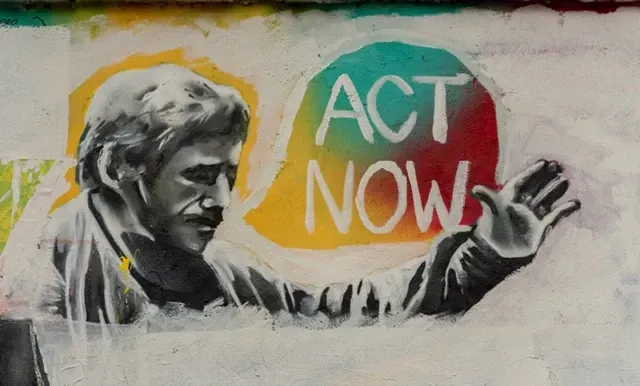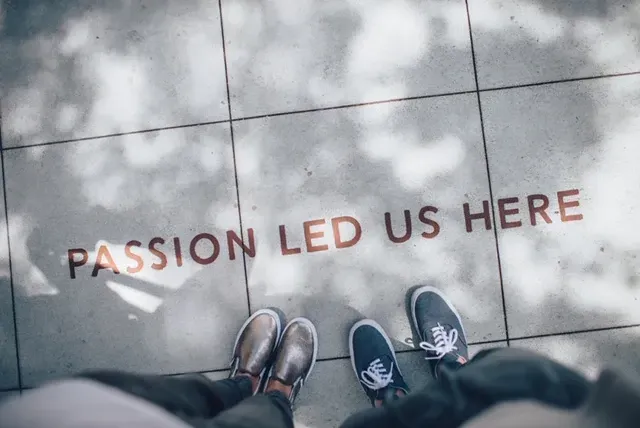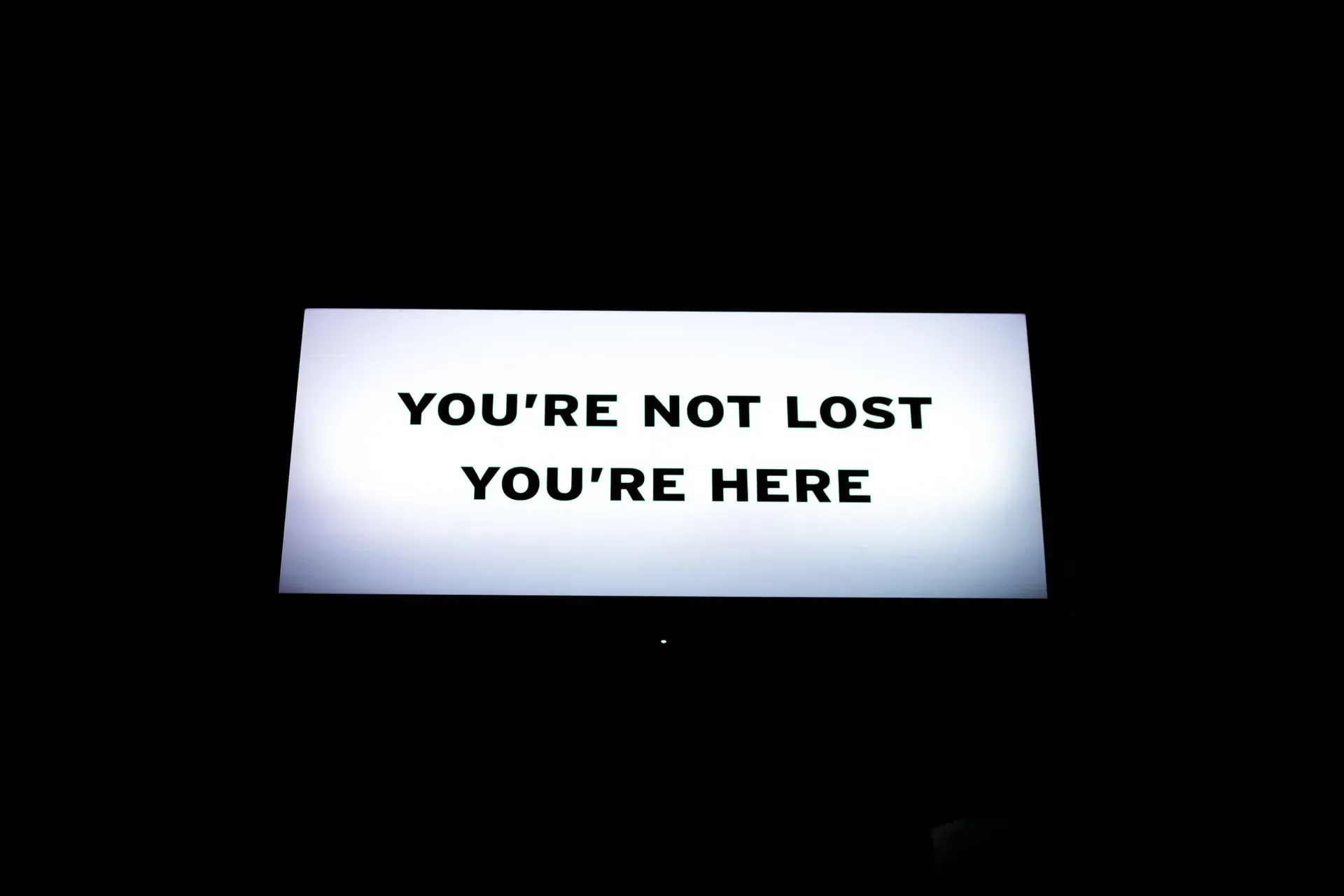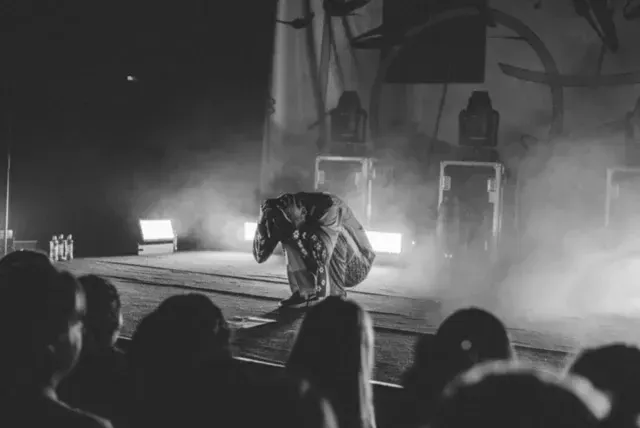When Planning is Hard, Plan We Must
Written by
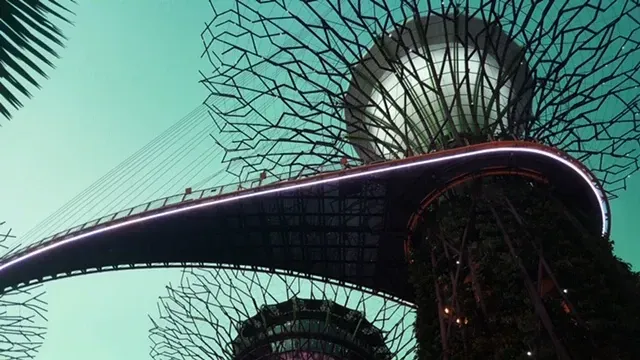
Tim Walker has spent three decades at the forefront of major change in New Zealand’s arts sector.
With COVID-19 changing how the world works, we ask him for his tips on how artists and arts organisations could be thinking and planning - now.
Here’s his six-point plan.
1. Amplify Interconnectedness
The improved ability to work collaboratively should be a defining outcome of our response to COVID-19.
This will bring challenges and opportunities, but there can be little doubt that the virus has reinforced the importance of social cohesion and collective action. We all too often say “we don’t have time, we’re too busy doing our own work” to connect or collaborate, but take this time to step out of a siloed, competitive mindset. Make it a priority; now is the time to gain collective intelligence. Ask others what they are doing and how they are responding.
A spirit of working in partnership with others needs to be a critical part of the sector’s collective response to this situation. Enter into this with energy, make the time for it, and commit to carrying it on as we emerge from the virus.
In the face of what is likely to be increased and diversified need and finite resources, and some reductions in public funding, we could well see the philanthropic and community trust funders increasingly favouring more holistic outcomes-based models - in place of an organisation-by-organisation model. It is up to sector leadership to work collectively to navigate opportunity in this change. This might include:
-
Sharing information
-
Pooling resources – in marketing, audience data, PR
-
Asking mentors for support and offering to mentor others
-
Considering job placements or shared services across organisations
-
Moving from competitive market positioning to a co-operative model (whereby organisations know enough about their own distinct audience segmentation to share some knowledge and resources with others with complementary business models)
2. Plan and Act Urgently
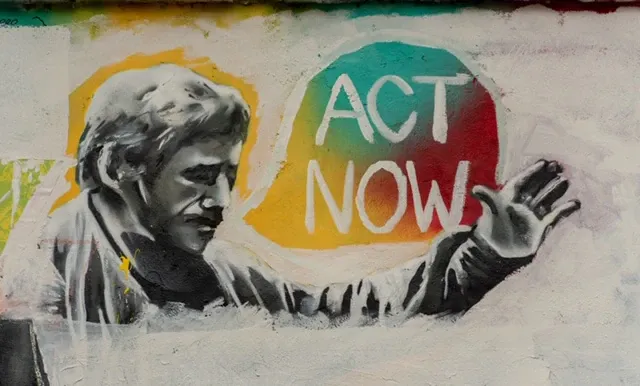
If you haven’t already, urgently seek financial, legal and other professional advice to identify areas of vulnerability and develop a plan to determine which of these can be mitigated early. Have a clear-eyed understanding of your cash flow, when will you be paid by debtors and when you will pay creditors: we all need to keep money moving.
Look the truth straight in the eye.
Communicate proactively with your Board, stakeholders, partners and audiences. Ensure you have a financial forecast that allows for a 4-week, 6-week, 8-week lockdown and/or rolling restrictions or closures. Emerging wisdom suggests allowing for no significant upturn until mid to late 2021, so plan to act and stay as lean as possible. It will help you to calculate different scenarios.
Work with your Board or relevant key stakeholders to look the truth straight in the eye. Formulate a plan to survive the 12-18 months without additional outside funding. This discipline will guide you to make hard but necessary decisions – even if you don’t have to implement them. Make sure everyone is on the same page in terms of the purpose, the plan and the actions you will take in the next weeks and months.
Develop a relationship-management and communication plan as a priority. Remembering that this is a society-wide event that will bring significant financial and social pain, move beyond a ‘dependency’ (society should fund us) or ‘scarcity’ (there is never enough) ethos to an ‘abundance’ (it’s important we do what we can with what we have).
3. Be Clear About Your Kaupapa
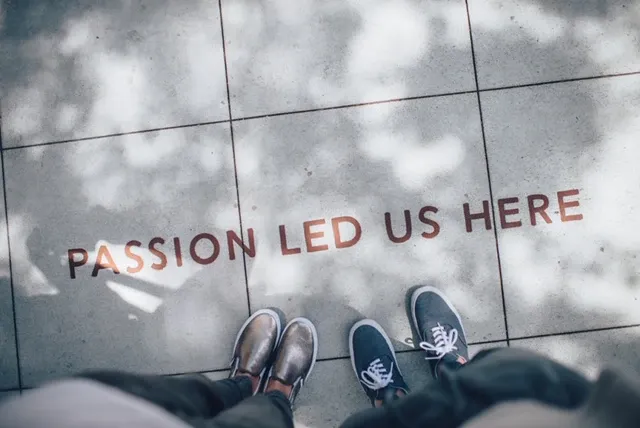
Your most valuable contribution to addressing COVID-19 resides in protecting and leveraging your unique kaupapa, assets and capabilities to meet the pressing needs of others - individuals and communities. Use it to guide what you do and how you do it.
The immediate focus for many in the sector is survival.
The immediate focus for many in the sector is survival. But take this time to be clear about your purpose, who you exist for and the impacts you seek to have in the longer term. Counterintuitively perhaps, it is more important than ever not to lose focus on your long-term goals, and not let COVID-19 unnecessarily influence your path. Keeping an eye to this (and reviewing the plan as necessary) will provide a frame of reference by which to measure short-term decisions. It will also help you with an action plan for the recovery period.
Key innovations may well come from the provocations that this tension - between the ‘right now’ and the long-term purpose and goals - throws up. Asking yourself “how can we think differently about what we do and how we work?” and “what’s essential?” may well generate the seeds of key elements of your resilience and future growth.
4. Base Your Planning on Evidence
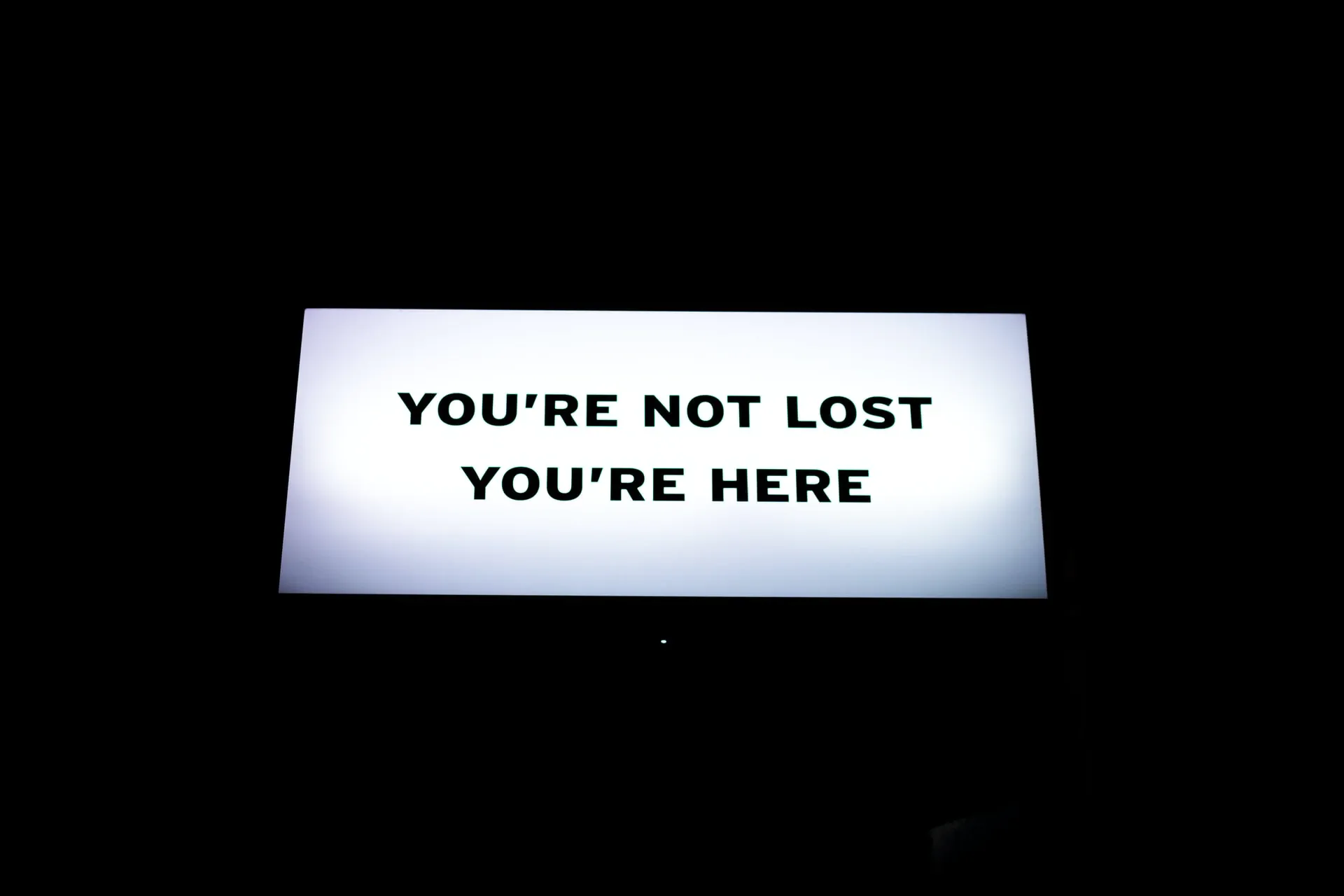
After you have made the immediate cuts to expenditure, begin to think ahead. If your work relies on paying customers, implement research to test your existing customer base and how they are feeling, how ready they are to re-engage with you, what the barriers are to re-engaging. Base your forward marketing and engagement plans on this. It will help you to decide how much you commit to marketing and where it should be targeted.
Amongst the changes and casualties, there will be rich learnings to be gained.
If you don’t have existing research tools, look at simple online tools like SurveyMonkey – 0r seek external advice. Be curious about what your stakeholders’ needs and challenges are as they too come through this period. Actively research what’s happening in New Zealand and internationally – within and beyond the cultural and creative sectors. Amongst the changes and casualties, there will be rich learnings to be gained.
Try to balance between maintaining the core of your operation and allowing some resources (where and when it’s realistic) to areas that will bring the highest possible return for the lowest possible risk.
Ask yourself;
-
what new roles could you potentially play (or adapt to play) with others whose purposes are aligned to your own?
-
How can you balance maintaining and strengthening current relationships with opening up new targeted conversations?
Think about this now, and act when you can.
It will sharpen your attentiveness to the changes that will occur across many sectors. Some of your greatest wins will come from getting something wrong; make sure you limit the risk. Get used to undertaking basic risk assessment, ensuring the risk you will need to take is well considered. If you don’t do this already, this will be a tool you bring into the future.
5. Analyse and Target Revenue Opportunities

Undertake an audit of projected income and identify opportunities to protect sources that might otherwise disappear, as well as keep an eye on new ‘spaces’. If you typically sell tickets and/or offer subscriptions or memberships, think about one or more of the following to manage brand loyalty and lower the risk of ‘churn’, as competing priorities emerge for your audiences:
-
reschedule or extend the term
-
convert to credit, donation or membership
-
(as a last resort) refund
But make sure you don’t cannibalise your ability to generate additional new income as activity begins again. As it becomes possible to welcome audiences back, rethink offers in relationships with customer (audiences, buyers, supporters) segments - leveraging the ability to adjust prices down (through strategic discounting) or up (through support/partnership opportunities) to drive volume and yield.
Many organisations’ immediate response has been to make content available free of charge online. This provides an opportunity to understand who has been accessing this, what they value (or have issues with) and to develop a plan to return to charging based on increased knowledge of audiences.
6. Dive In to Better Understand Your Audience

Do what you can now to be prepared for when the time comes to revert to more regular business models. The more you understand your audiences - and the drivers of social and cultural need that will follow the virus - the better placed you will be to gain a sustainable advantage. With information and insight into customer segments, you will be better placed to connect with them, market to them, retain and/or welcome them as ongoing customers.
The more you understand your audiences - the better placed you will be to gain a sustainable advantage.
You should seek to understand how existing and possible future customers acted during the lockdown period as this may be a predictor of future behaviours.
- Who was happy to donate their tickets rather than asking for a refund?
- Who made an additional donation?
- Who purchased pay-it-forward tickets?
- Who found you by chance or referral – and how?
Obviously, your loyal customers should be your immediate priority, but, likely, they will not require as much effort to win back as other segments. In almost all instances, they will reward you taking a broader strategic approach to new audiences.
So, become focused on those who have been less frequent customers and reach out to them. Offer them opportunities to renew their relationship with you. Again, as with all stakeholders, remember that everyone has been and is going through these disruptive times. Many are likely to have newly conflicting demands on their time and funds – make sure you convey that what you do matters within their new mindset.
Keep Your Eye on the Ball

As with everything about this moment, this could change fast and in unanticipated ways. In New Zealand, we have the opportunity to watch emerging trends in China, Asia, and Europe, and to pay attention, through research and collaboration with others, to what we are observing and how that might play out at home. Again, be actively curious about what’s going on and how it might impact on you.
Be curious about what your stakeholders’ needs and challenges.
It is not possible to anticipate the immediate future, but initial international research suggests that demand for cultural entities upon reopening won’t necessarily increase/decrease so much as it will be redistributed.
Perhaps not surprisingly, there may well be stronger retention for outdoor experiences (parks and botanic gardens, etc.) and lower interest in confined areas such as concert halls, performing arts and cinema. Self-directed cultural experiences (such as museums and art galleries) where the individual can more easily manage social distance may remain less impacted. It will be critical to be responsive to this, as much through how you mitigate public concerns as through what you do or where you do it.
Final Thoughts
As the weeks have passed, it has become clear that we can function without celebrities and social media influencers, but not without nurses, doctors, supermarket staff or our neighbours. We have seen how many have turned to the arts at this time, and the arts have reached out in return.
The immediate and unfolding challenge for the arts is to focus on ensuring ongoing public support for cultural and creative activity that both alleviates the negative impacts in the short term and assists in identifying new opportunities in the medium term.
This will inevitably be challenging. What may well emerge is a different mix of existing and new public, private and non-profit parties, collectively engaged in cultural and creative practices and their support.
The interruption and impacts won’t be over quickly. While the progress of COVID-19 is currently unclear, we all know it’s almost certain that we will be dealing with the impacts for much of this year- at least.
